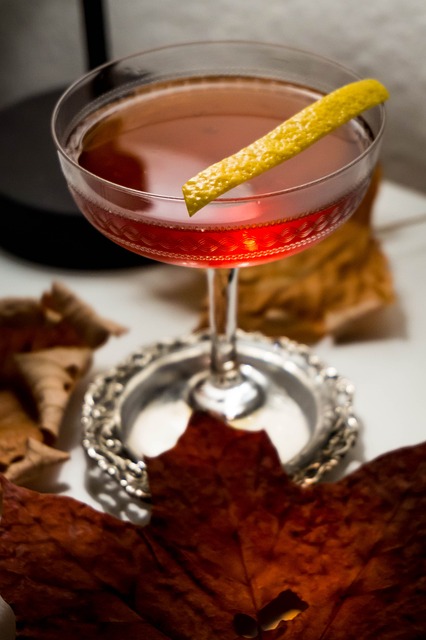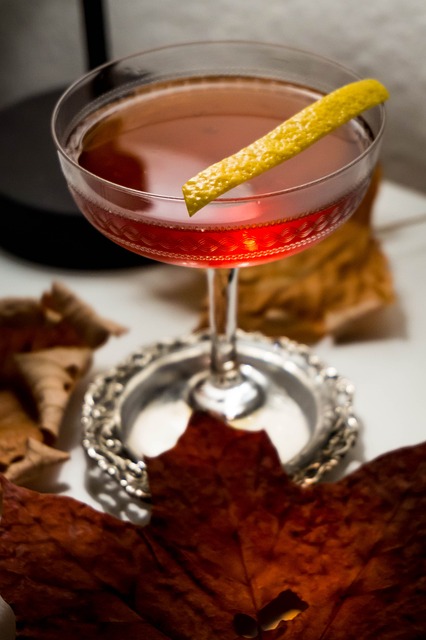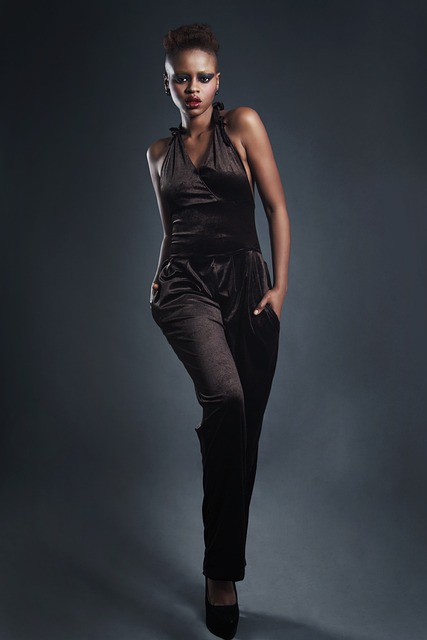Selecting the perfect vermouth lipstick involves understanding your skin tone and personal style. Consider warm or cool undertones to choose colors like earthy reds, vibrant fuchsias, or deep blues that complement your complexion. Textures range from creamy to matte, allowing you to enhance your natural beauty and create a captivating vermouth beauty effect that boosts confidence for any occasion.
Discover the art of applying vermouth lipstick and elevate your beauty routine with this timeless makeup technique. In this guide, we’ll walk you through choosing the perfect shade to complement your unique features and skin tone, from rich burgundies to subtle nudes—all essential steps in the world of vermouth beauty. Learn how to prepare your lips for a flawless finish, and master the application process with our step-by-step tutorial, ensuring long-lasting wear.
- Choosing the Right Vermouth Lipstick Shade
- – Understanding your skin tone and undertone
- – Selecting shades that complement your features
Choosing the Right Vermouth Lipstick Shade

When it comes to selecting the perfect vermouth lipstick shade, understanding your skin tone and personal style is key. Vermouth lipsticks offer a range of beautiful, rich colors that can enhance any look. For fairer complexions, deep vermils with undertones of blue or plum can create a stunning contrast. If you have warmer skin tones, consider earthy shades like rusty red or burnt orange – these hues complement your natural radiance.
Experimenting with different textures is also part of the fun. From creamy, moisturizing formulas to matte finishes, each offers a unique look. Matte vermouth lipsticks are ideal for those seeking a long-lasting, bold statement, while creamier versions provide comfort and a more subtle, natural effect. Remember, the right vermouth lipstick isn’t just about color; it’s about creating a harmonious, confident look that aligns with your personal style and enhances your natural beauty.
– Understanding your skin tone and undertone

Selecting the perfect shade of vermouth lipstick starts with understanding your skin tone and undertone. These factors play a crucial role in determining which colors complement your natural complexion. Warm undertones look stunning with rich, earthy tones like rust or burnt orange lipsticks, while cool undertones often find their match in vibrant fuchsias or deep blues. Knowing your skin’s undertone allows you to choose shades that enhance your features and create a harmonious vermouth beauty effect.
For instance, if you have a neutral skin tone, versatile colors like classic red or even subtle rose hues can work beautifully. If you’re on the warmer side, consider sun-kissed corals or peachy tones that mirror the warmth of your skin. Conversely, those with cooler undertones might opt for plum or lavender-based lipsticks to balance out their complexion, creating a captivating and cohesive vermouth lipstick look.
– Selecting shades that complement your features

When selecting lipstick shades, it’s crucial to choose colors that complement your unique facial features and skin tone. As a rule of thumb, warm-toned skin looks stunning with earthy, rich hues like burgundy or terracotta, while cooler tones can pull off vibrant pinks and purples. Vermouth beauty lies in finding the shade that makes you feel most confident and enhances your natural glow.
For those seeking a versatile option, a classic vermouth lipstick—a medium, buildable red—is an excellent choice. It suits various skin tones and occasions, offering both elegance and drama. Experiment with different finishes, from satin to matte, to find the texture that best suits your preferences and lip type, ensuring a comfortable wear throughout the day.
When it comes to applying vermouth lipstick, understanding your unique skin tone and selecting a shade that complements your features is key. By choosing the right vermouth lipstick shade, you can enhance your natural beauty and create a stunning, lasting look. Embrace the artistry of vermouth beauty and let your lips become a canvas for self-expression.
